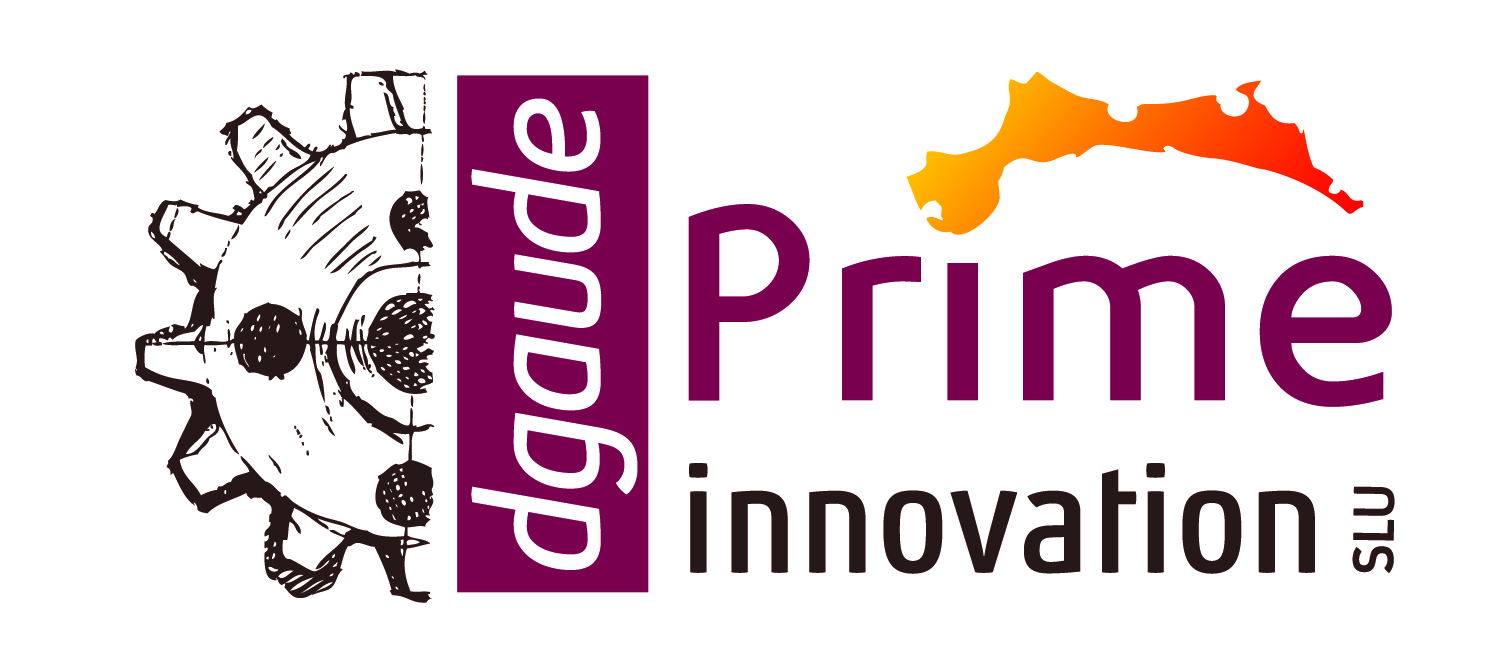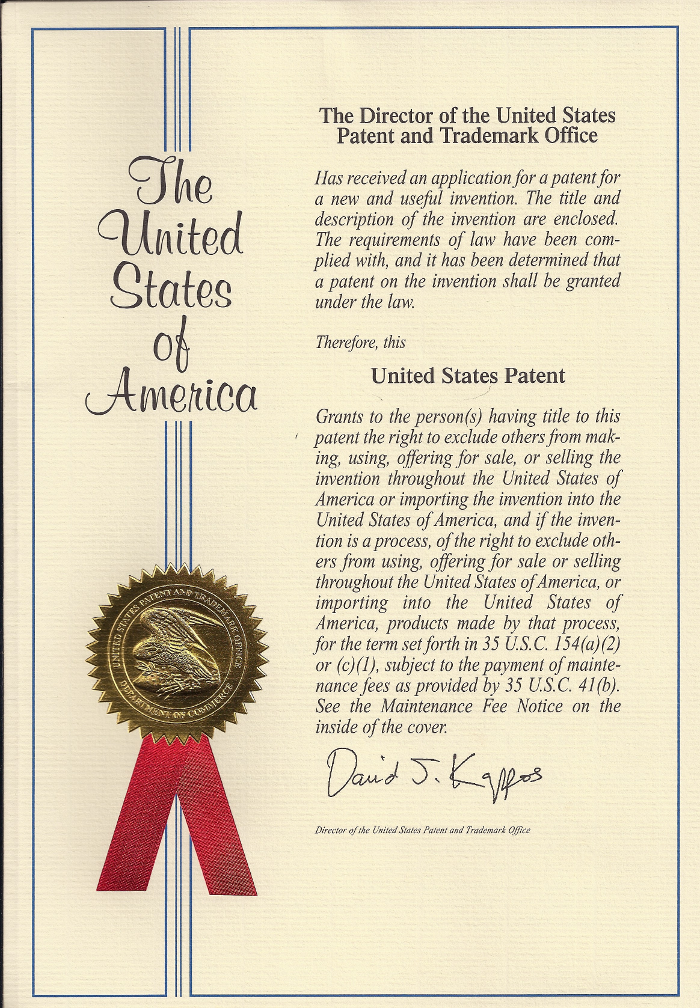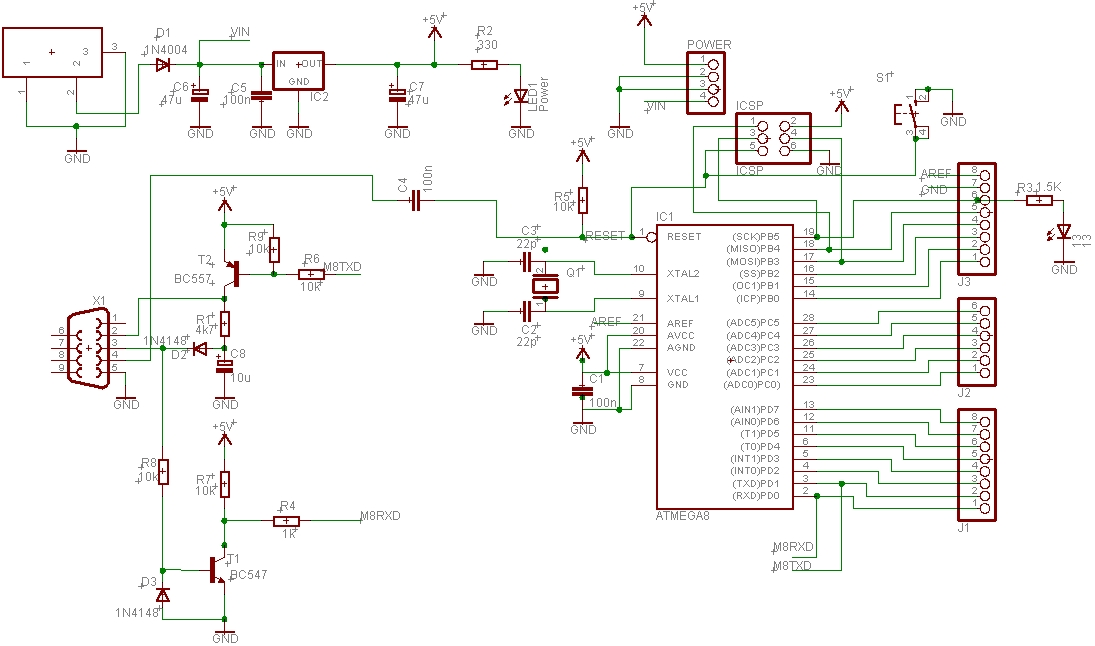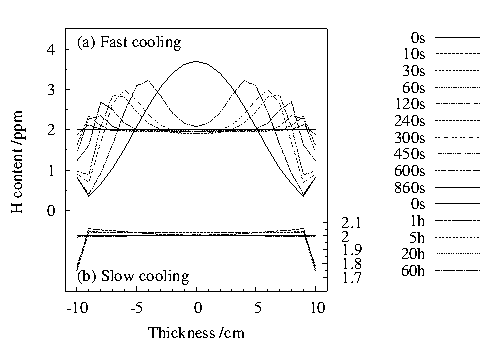 Science-based Innovation |
Data Mining applied to Egyptian Old Kingdom copper tools dataA set of databases on Old Kingdom copper tools and model tools compiled by Martin Odler, and already published in a monograph Old Kingdom Copper Tools and Model Tools, are used as a source to develop a mathematical classification model for the archaeological data. The model attempts to classify items according to their sites of origin. This project tests whether logistic regression is able to assign each item into the right category, as well as whether the available variables, like dimensions, material, type, variant, and so on, are sufficient to describe each item. In time, this type of model could assist the classification of items with unknown site of origin. |
||
Project: Machine Learning for Advanced EngineeringMachine Learning is a subfield of computer science that evolved from the study of pattern recognition and computational learning theory in Artificial Intelligence. In practice, Machine Learning is a method of data analysis that automates analytical model building. Moreover, machine learning allows computers to find hidden insights or patterns without being explicitly programmed where to look. During this metaproject a set of advanced tools useful for all sorts of industries and economic or demographic activities will be created, based on advanced Modeling, Artificial Intelligence and Machine Learning techniques. |
||
Project: Development of dPI Hydrogen Reduction Method for hydrogen eliminationThe improved understanding of the behaviour of hydrogen in metal alloys, has allowed to design a new method to reduce hydrogen embrittlement in cast alloys. A brief description of the dPI Hydrogen Reduction Method technology can be found if the presentation here. The Feasibility Study of the dPI Hydrogen Reduction Method has been produced. This technology is, at the moment, still available for licensing to interested Industrial or Investment companies. |
||
 Patents obtained or in process
|
||
Project: Understanding the redistribution of hydrogen in metallic alloys, and development of new methods for hydrogen eliminationThe development of a novel physical model describing the diffusional fluxes of interstitial elements (i.e. hydrogen), has allowed for a better understanding of the behaviour of such elements during manufacturing. These models have also been applied to various industrial processes, like casting and baking, allowing to describe hydrogen supersaturation and explain and predict embrittlement risk. In turn, this project has led to the development of new methods to avoid hydrogen embrittlement via the reduction of the hydrogen content and therefore its side effects (i.e. embrittlement) in cast alloys. |
||

Project: Development of semiautonomous vehicles: Phase OneSemi-autonomous and self-driving vehicles have a great potential in a myriad of industrial and logistics applications. In Phase One of this project, obstacle detection, warning and autonomous braking and safe speed control are being implemented. |
||
|
|
||
Last updated:
10th July 2018
